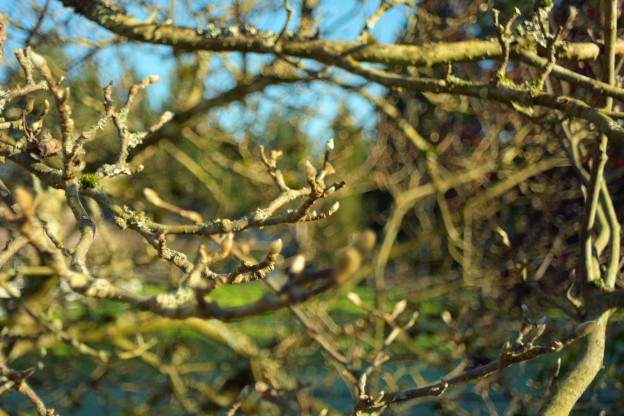
Now that we gardeners are getting ready to buy some new permanent plants, we might want to think before we grab.
I am often bad about not researching carefully enough before I purchase plants. If I fall in love with the flowers, then I often throw discretion to the winds. Then I am later disappointed when the perennials, trees, and shrubs don't survive our spring freezing and thawing here in the Midwest.
Early spring warmth causes some plants to break dormancy too soon with the result that they are damaged if it turns cold again because of wide swings in the temperatures.
However, as well as plants that break dormancy because of air temperature, there are others that stay dormant until their own internal clock tells them it is time to start growing. They respond not to the temperature of the surrounding air, but to their own estimate of the amount of time they have spent frozen during the winter. They are able to ignore the weather until their own internal clock tells them it is time to grow.
Ask the staff at your local nursery for trees and shrubs that break dormancy later rather than sooner in the spring. Native plants usually are more adaptable in this regard, so look especially for native plants that do not break dormancy too early in your region.
Plants native to the colder northern regions have the longest periods of dormancy, and those bred in or native to the warmer southern regions usually require a shorter dormant period.
The Midwest is notoriously fickle with regard to fluctuating temperatures in the spring, so the issue of when a permanent plant breaks dormancy is especially relevant to Midwestern gardeners.
Reference: Jennifer Smith, Weekly Tips: "Protecting Plants During Winter Warm Spells" (Horticulture, February 28, 2017)









